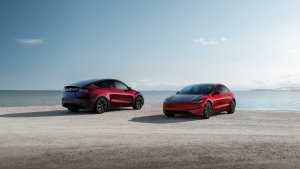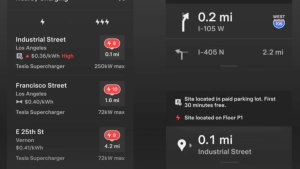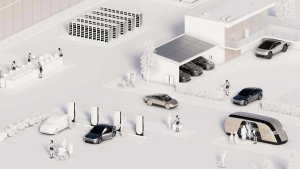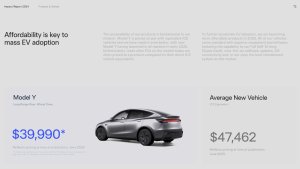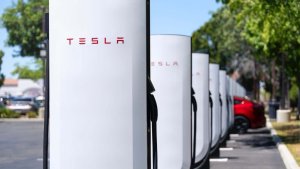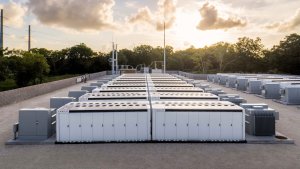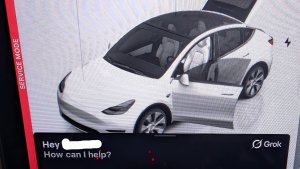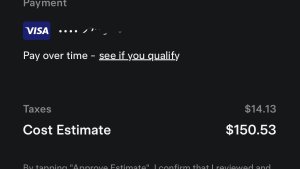Cabin Camera Updates
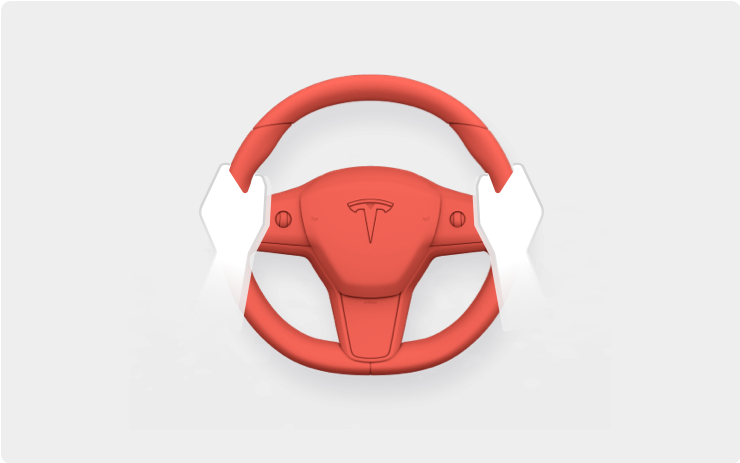
Availability TBD
Modellen:
3
Y
Cabin Camera
Limited By Geo/HW
De beschrijving van deze functie is momenteel alleen beschikbaar in het Engels.
The cabin camera above your rearview mirror can now detect and alert driver inattentiveness while Autopilot is engaged. Camera data does not leave the car itself, which means the system cannot save or transmit information unless data shared is enabled. To change your data settings, tap Controls > Safety & Security > Data Sharing on your car's touchscreen.
Minor Fixes

Wereldwijd beschikbaar
Modellen:
S
3
X
Y
De beschrijving van deze functie is momenteel alleen beschikbaar in het Engels.
This release contains minor bug fixes and improvements.








